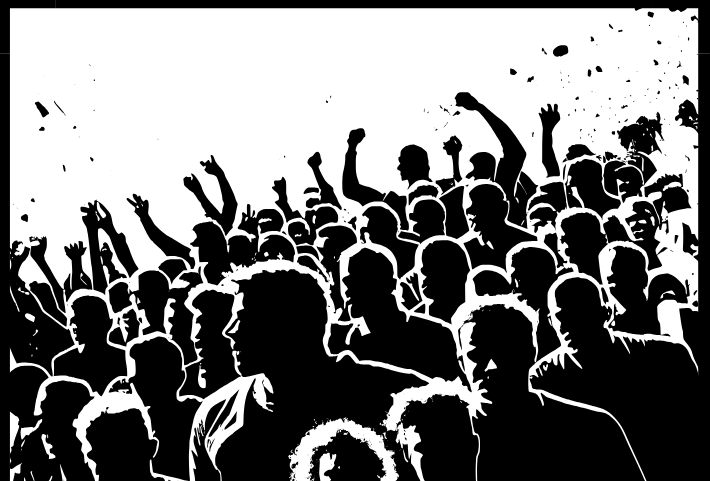By Boris van Westering, MSc. Journalism Development Expert (from Amsterdam)
Some journalists who covered the violence that erupted in Amsterdam before and after the football match between Ajax and Maccabi Tel Aviv on 7 November have been one-dimensional in their coverage of the course of events. This one-dimensional media coverage influenced negatively the social and political debates in the aftermath of the violence.
The dominant frame of the initial media coverage was that Muslim youth from the West of Amsterdam as well as taxi drivers started “antisemitic” attacks against Jews and Israelis. “Middle Eastern migrants hunting for Jews in Amsterdam” (France24).

At first, media provided a voice to the Jewish community of Amsterdam, Israeli media and politicians, and mostly very vocal Dutch right-wing politicians. The voice of local representatives of the Amsterdam West community, the youth, or the taxi drivers were largely underrepresented in the media coverage.
Only later, footage of violence against a taxi driver, violent attacks against pro-Palestinian demonstrators, and racist chants from the Maccabi Tel Aviv supporters which were posted on social media by individuals such as the YouTube Bender were picked-up by the media.
Then a new, more nuanced frame emerged later in the media which showed that the violence against the Maccabi Tel Aviv supporters could be explained as a reaction to their violence and glorification of the war in Gaza.
Words and context matter: what should be done to prevent rising tensions
At a time when there are increased societal tensions, words do matter and as such journalists have a responsibility to provide more fact-based reporting reflecting different angles of the story. Here are key recommendations to journalists to prevent escalating tensions:
- Providing context to big words and labels such as a pogrom or Jew-hunting used by politicians is critical.
- Equally journalists need to be careful not to open the door to blaming a religion or communities and groups for individual criminal behaviour.
- Foremost journalists have the duty to present all sides of a story and make sure minority voices are considered.
Time for self-refection
These good practices might help prevent premature frames from emerging and support media consumers to get a rather complete picture of events.
Following the violence in Amsterdam, it would be a good time for journalists to conduct some self-reflection on what can be improved in the media coverage during this kind of crisis and severe social unrest.
Disclaimer:
The views and opinions expressed in this article are solely those of the author and do not reflect the official policy or position of the Media Diversity Institute. Any question or comment should be addressed to [email protected]
Read more: Reporting Diversity Manual
Read more: Media coverage of the Israel-Gaza conflict
